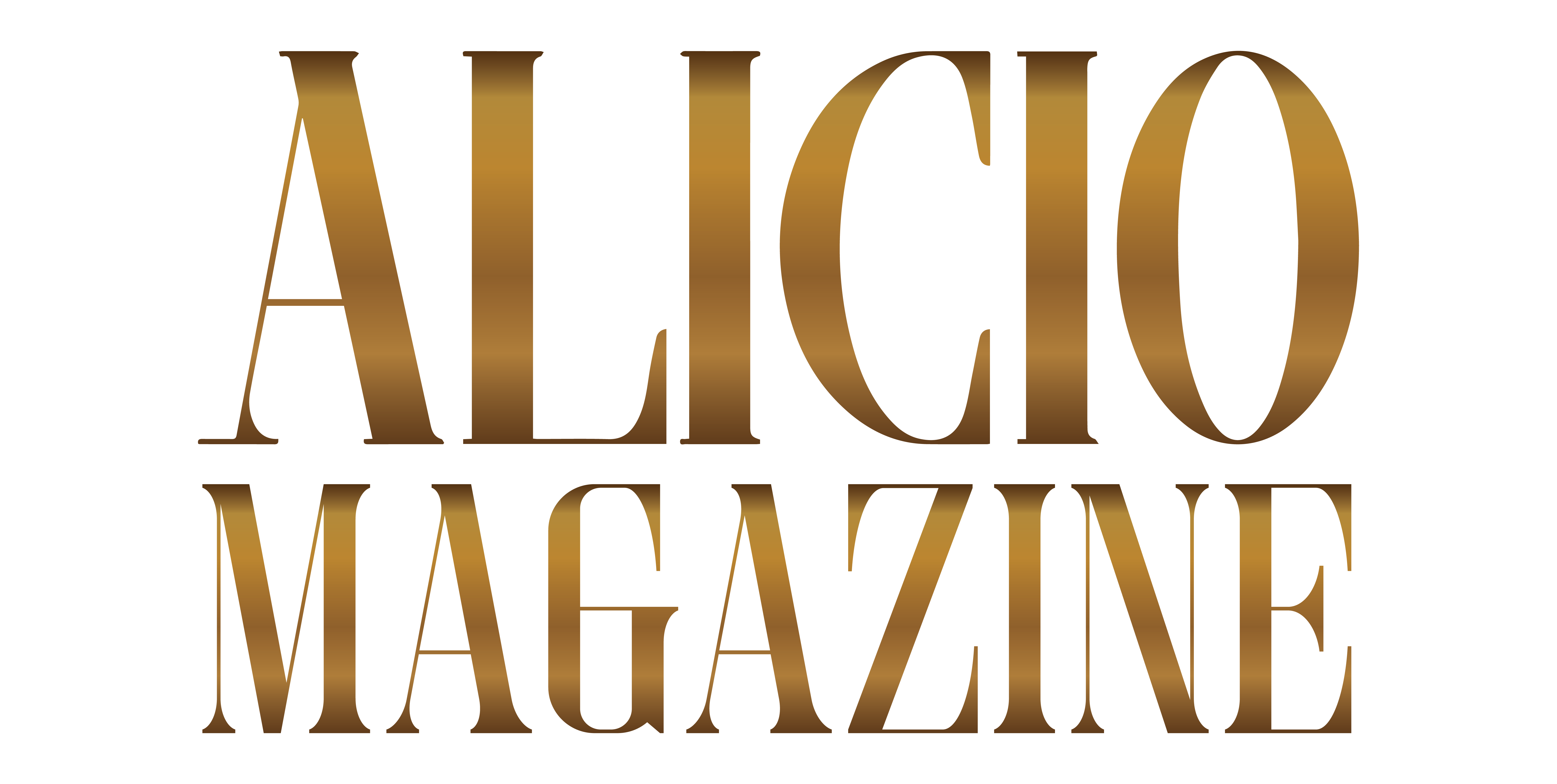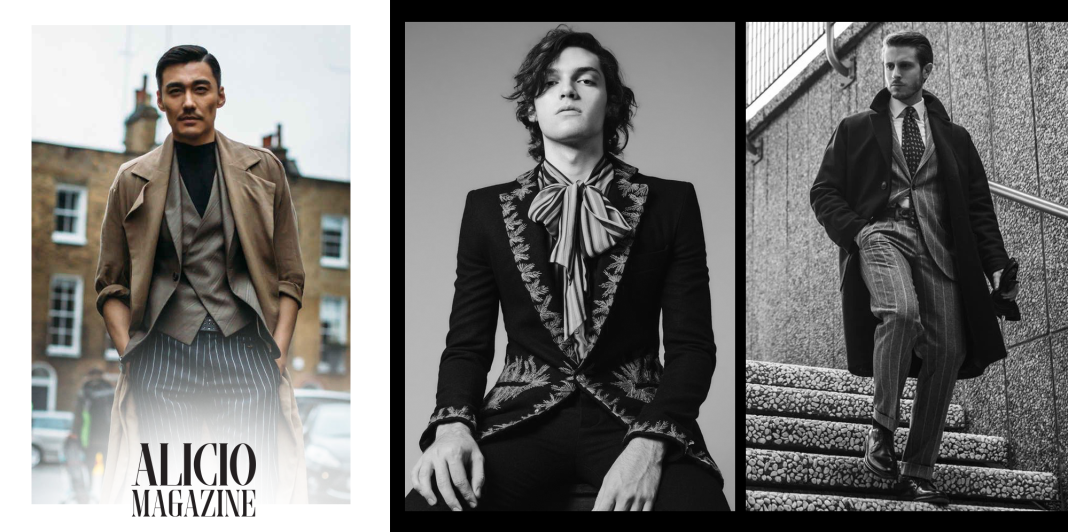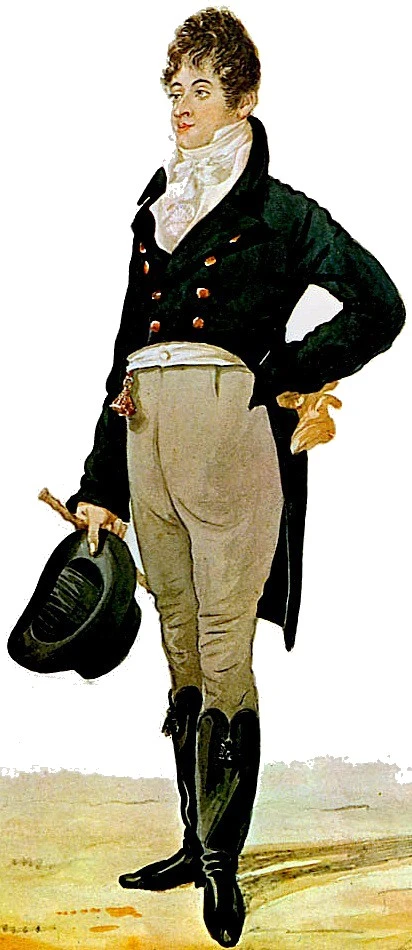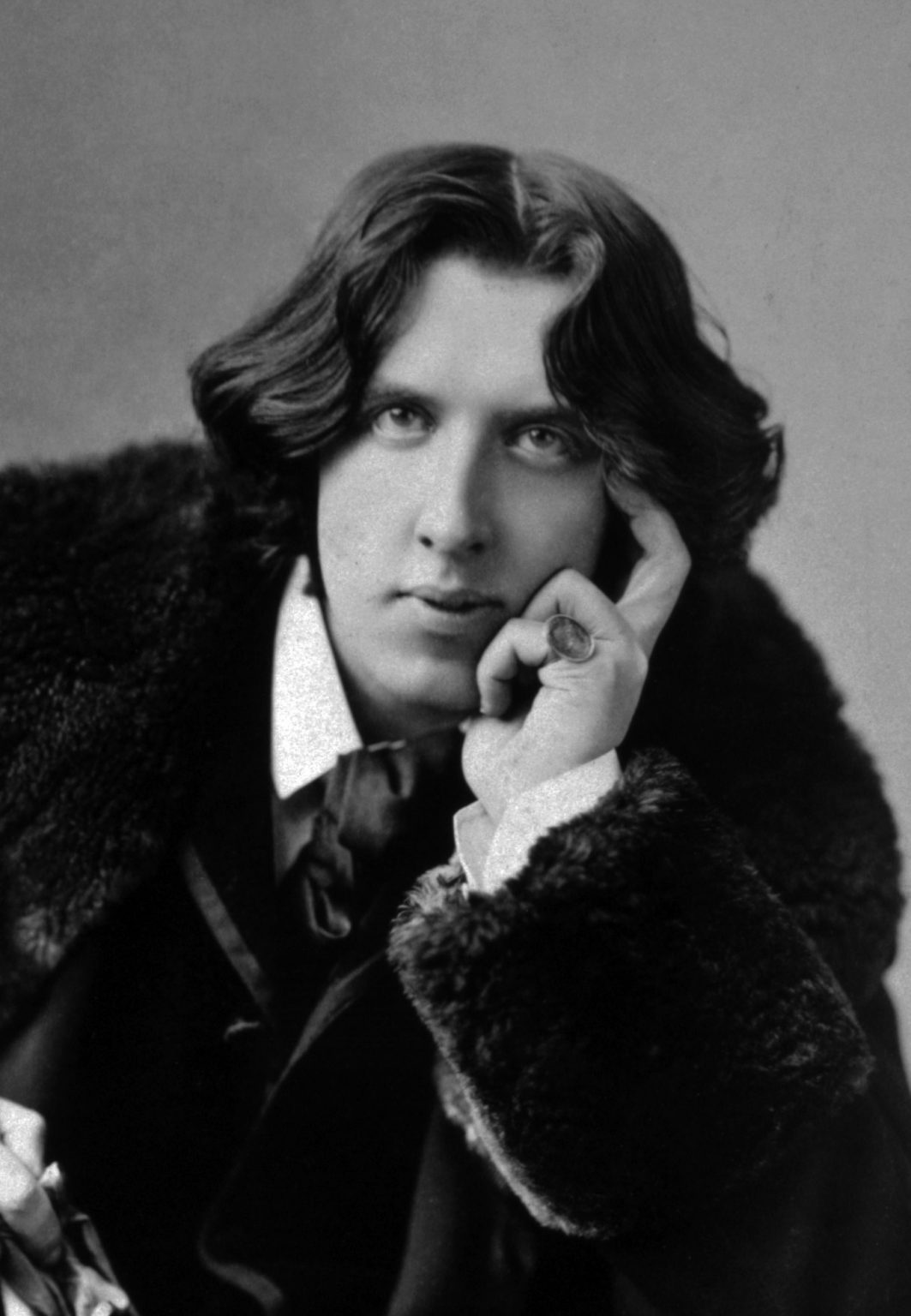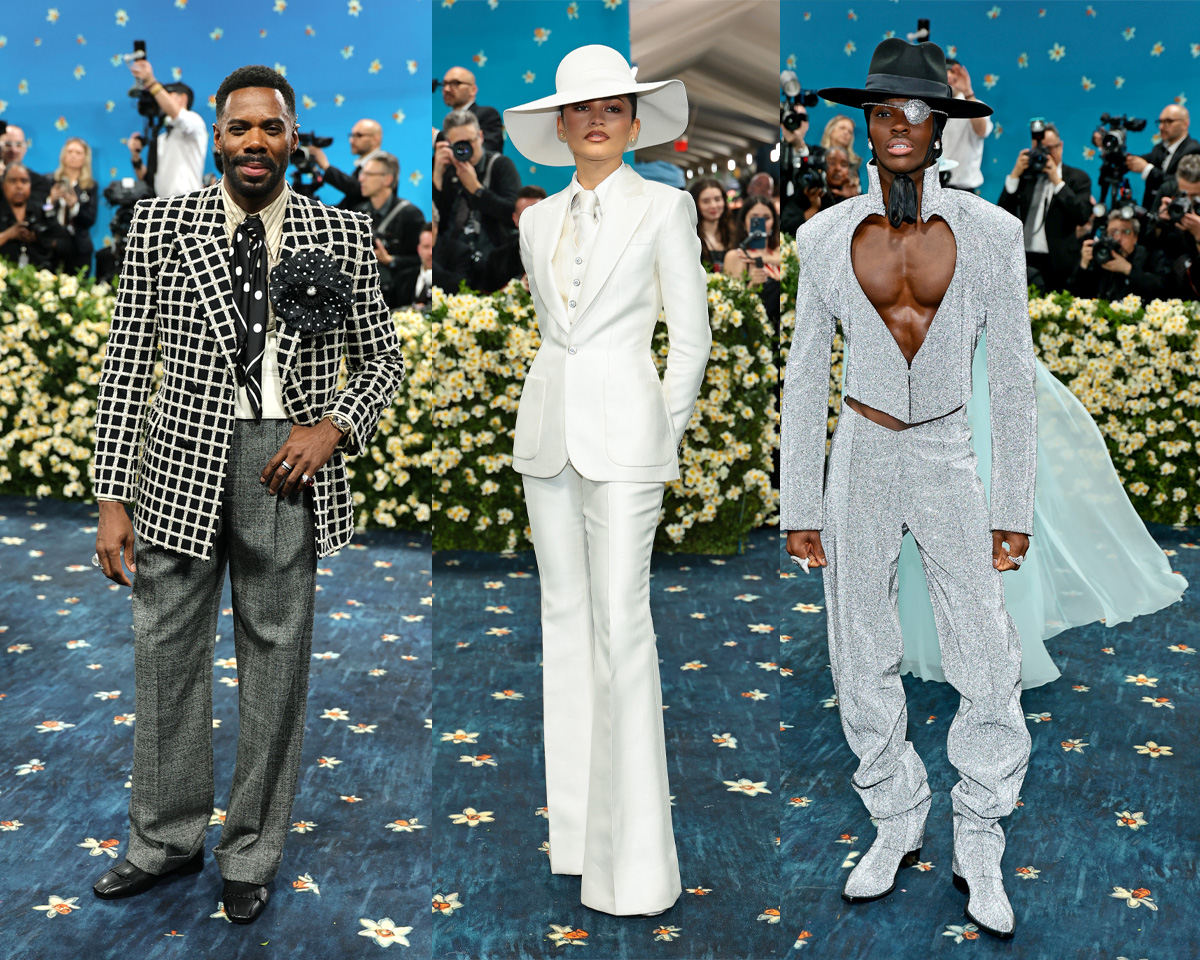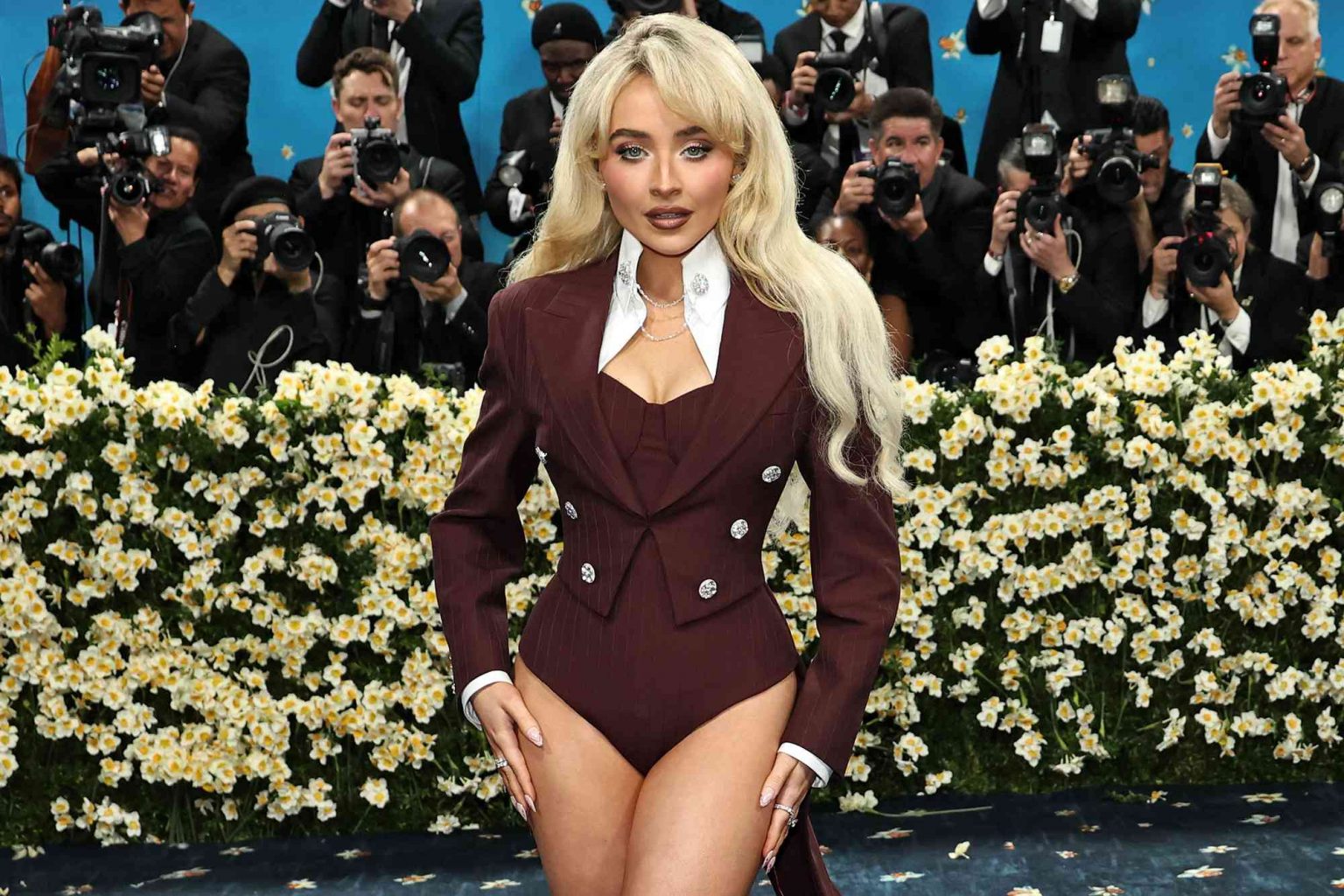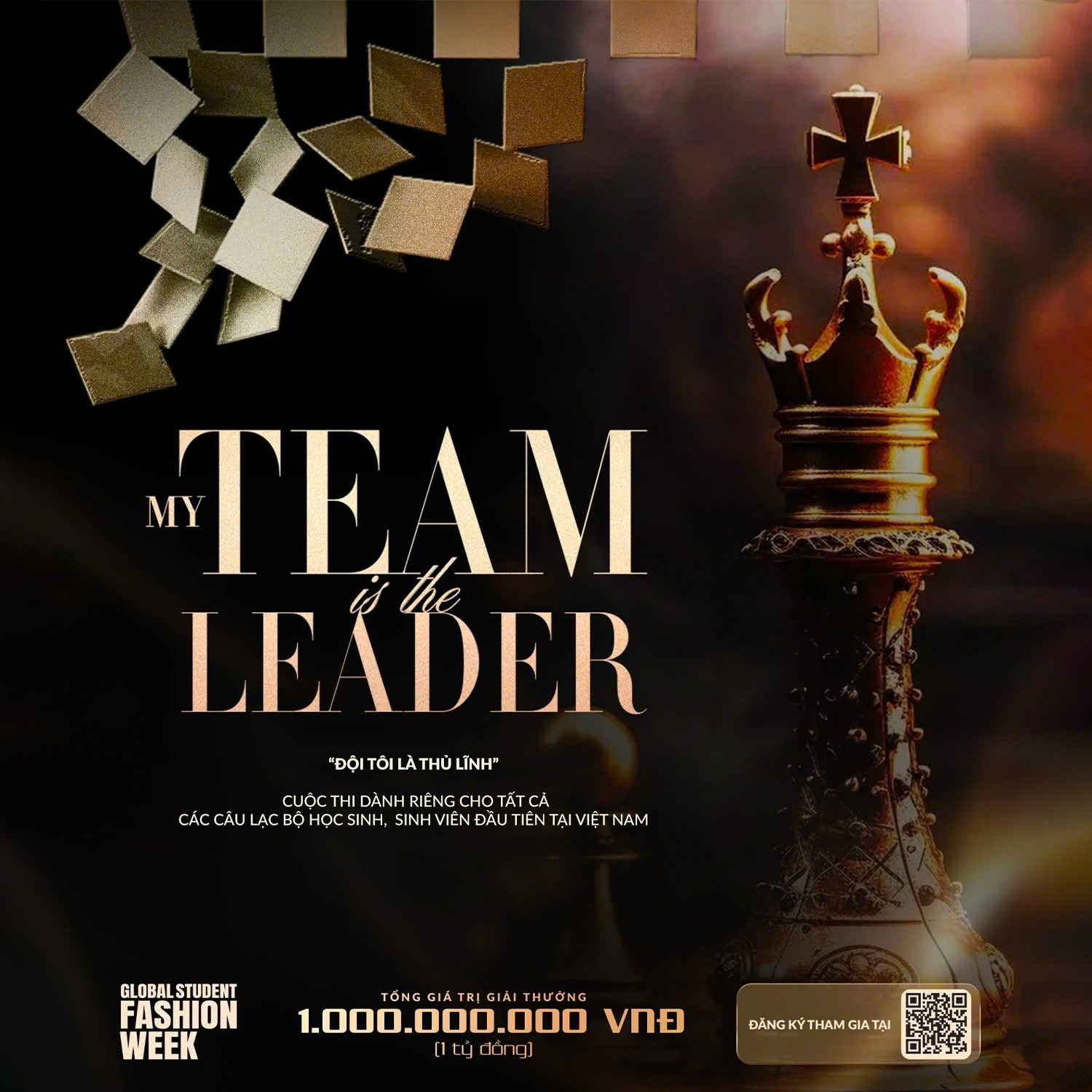At the moment when the Met Gala 2025 lit up the New York sky with a myriad of creative colors, a quiet breeze of classic elegance made its way onto the red carpet: Dandy Style – the fashion of refined gentlemen – returned like a deep, mellow note in a modern symphony. No longer a distant memory of the 19th century, today’s Dandy is a selective nostalgia, a beauty that is self-possessed, refined, and timeless. In a world where everything moves swiftly, the Dandy is a whisper from those who know how to live slowly, who cherish a beauty that is both classic and contemporary.
Typical elegant look – Not just suits and bowties
Dandy Style first emerged in the late 18th century and flourished throughout the 19th century in England and France, where gentlemen like Beau Brummell were considered icons of sophistication, known for their impeccably tailored clothing, composed demeanor, and refined aesthetic sense. While most men of the time favored practicality or military-inspired attire, a true Dandy meticulously invested in every detail: sharp seams, upright collars, elaborately tied cravats, and perfectly polished leather shoes.
Dandy is not merely a fashion preference—it reflects an entire lifestyle. A follower of Dandy Style pays close attention to every gesture, from the way they raise a glass of wine to the posture they maintain while reading a book. It is the art of turning one’s very existence into a graceful performance—understated, yet full of quiet strength. The Dandy ethos has long been associated with a deep sense of individualism, celebrating self-expression, beauty, and especially the rejection of rigid, toxic notions of masculinity.
Many writers, painters, and musicians—such as Oscar Wilde and Charles Baudelaire—have been seen as embodiments of the Dandy spirit. They did not merely dress elegantly; they lived beautifully, each in their own unique way.
Resurrection in contemporary fashion: From the runway to the red carpet
For many years, Dandy Style was regarded as a glorious relic of the past, overshadowed by the rise of minimalism and streetwear. Yet since the 2010s, this aesthetic has quietly made a comeback—modernized and bolder than ever. Brands like Gucci under Alessandro Michele, Dior Homme, Thom Browne, and Palomo Spain have helped revive the Dandy spirit on major runways, not just through tailored suits but through a fusion of gender-fluid elements, classic patterns, and exquisite tailoring techniques.
At the Met Gala—where fashion is elevated to the level of art—outfits inspired by the Dandy spirit have made a lasting impression. In 2024, actor Timothée Chalamet appeared in an ivory suit paired with sneakers and crystal jewelry—a symphony blending classic Dandy elegance with contemporary romanticism. Stars like Jared Leto, Billy Porter, and Harry Styles have also consistently brought Dandy Style to the red carpet, proving that sophistication never goes out of style—it simply needs to be reinvented the right way.
The return of Dandy Style is more than just an aesthetic trend. In an era where notions of gender, identity, and personal freedom are being redefined, Dandy emerges as a bold symbol of defiance. It raises questions: Why must men dress plainly? Why is elegance often mistaken for weakness? Why can’t a suit feature elaborate patterns or unconventional fabrics?
Today’s youth—especially Gen Z—have embraced Dandy Style as a tool for self-expression, a way to transcend gender stereotypes and break free from outdated norms. At the same time, the queer and LGBTQ+ communities have found in Dandy an aesthetic voice that is both inclusive and trailblazing. Long before mainstream fashion embraced fluidity, Dandy rejected the rigid mold of masculinity, instead encouraging men to proudly express softness, intricacy, and even traditionally “feminine” elements. In a society that celebrates diversity, Dandy is not a relic of the past—it is a movement leading the way.
Dandy in the future: Connection of tradition and creativity
Though it originated in classical Europe, Dandy Style today has become a global phenomenon, reinterpreted by designers and artists from Tokyo to Lagos, Paris to New York, each infusing it with their own cultural language. Fashion is no longer Europe’s exclusive playground—and neither is Dandy. In South Korea, artists like Taemin and BTS have frequently donned Dandy-inspired designs in music videos and on stage. In Vietnam, young people are also embracing the style through vintage pairings, finely tailored suits, and a renewed appreciation for the art of bespoke tailoring.
However, for Dandy Style to move beyond being a short-lived wave, its followers must evolve their fashion mindset. Small brands, independent designers, and fashion-loving communities need to keep pushing boundaries—blending classical beauty with modern relevance in bold and creative ways. Most importantly, the wearer must embody the spirit of Dandy: to choose beauty with intention and to live a life shaped by aesthetic purpose.
Dandy Style never truly “disappeared”—it merely lay dormant, waiting for the perfect moment to shine once more. Now, across the Met Gala red carpet, international fashion runways, and everyday life, Dandy is experiencing a renaissance in a new form: freer, bolder, and more profound than ever. In a world oversaturated with imagery, Dandy serves as a reminder that true beauty doesn’t lie in flashiness, but in subtlety, precision, and the way we choose to live each day.
Mavis | Cameron Truong
